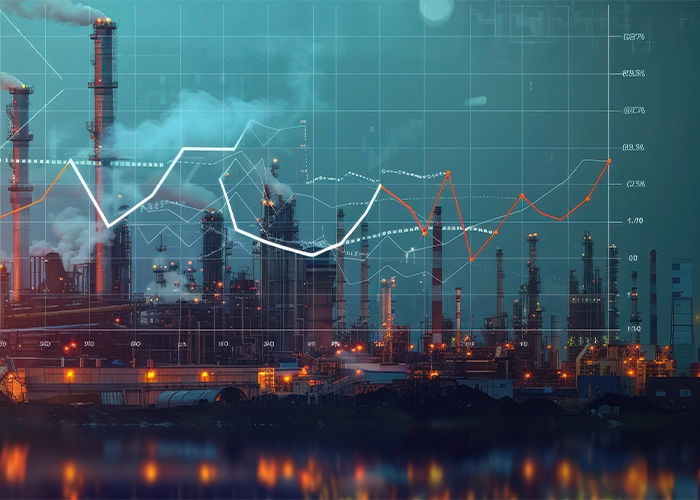
Centrally located in the centre of Asia Pacific, Sarawak is garnering investors’ attention as a prime and sustainable investment destination. Targeting double-digit economic growth, from 2023 to 2030, Sarawak’s massive 124,171 km² land mass presents fertile ground for industrialists with clean energy practices and businesses with ventures in the new digital economy.
Today, Sarawak’s major industrial parks are well-integrated with regional transport networks of air, sea, and land routes. With 70% of its electricity generated from renewable sources and having a target of over 10 GW total installed capacity by 2030, Sarawak enables the development of green projects with competitive energy tariffs.
Sarawak’s targeted GDP by 2030, double of 2023 GDP
Sarawak development budget allocation: RM9 billion from Sarawak State Budget 2024 and RM5.8 billion from Malaysia's National Budget 2024
Investing for the future with RM8 billion seed capital in 2024 and subsequent injection of RM400 to RM600 million annually
Sarawak has excellent air, sea and land transport connectivity to Asia. Launching Sarawak-owned boutique airline in 2025 to serve the region
Sarawak has 4 thriving industrial parks which are well-connected to seaports
Being the largest state in Malaysia, Sarawak contributes to an estimated 9.1% of Malaysia’s GDP aspires to be a developed State with a projected GDP of RM282 billion by 2030.
Note: (f) forecast (p) preliminary
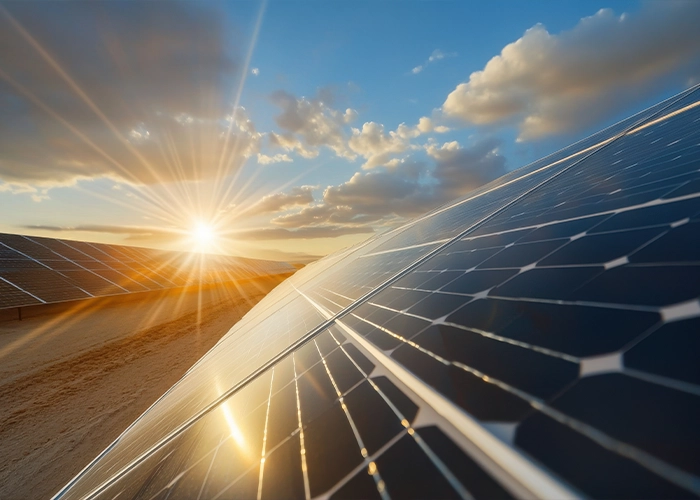
Sarawak is progressing ahead in implementing the region’s green economy agenda in alignment with the United Nations’ Sustainable Development Goals (SDGs).
Environmental sustainability is at the heart of Sarawak’s development initiatives and an anti-climate change law was enacted in 2023 to regulate greenhouse gas emissions, promote carbon capture and storage and mitigate climate change effects.
Sarawak has 3,452 MW of hydropower already installed and an additional 1,285 MW by 2028. Further, there is huge potential to harness RE from installing floating solar panels at existing hydropower sites, and cascading dams along rivers and tidal power plants.
Sarawak is developing the world’s largest offshore Carbon Capture and Storage (CCS) project at the Petronas Kasawari Field to reduce 3.3 million tonnes of CO2 annually. The first CCUS bid round was launched on 24 July 2024.
The development of Kuching Urban Transport System (KUTS) will use ART powered by hydrogen fuel cells and digital solutions, to reduce Kuching City’s carbon footprint by 15% by 2030.
Sarawak is progressing towards 10,000 acres of microalgae cultivation to produce crude algae oil (CAO), which will be further refined to produce SAF. Sarawak plans to build a bio-refinery in Bintulu after starting microalgae cultivation on a 10,000-acre site. With the global focus on sustainable fuel, and Sarawak’s tropical climate is ideal for microalgae oil production. Studies show that 1,000 acres of microalgae can yield 10,000 barrels of crude algae oil daily, with potential use in sustainable aviation fuel (SAF). The goal is to expand to 10,000 acres and produce 100,000 barrels daily by 2030, with the refinery processing the CAO.
Sarawak is partnering with Japanese and South Korean multinational corporations (MNCs) to establish mega hydrogen production plants with a total capacity of 240,000 Mt per year in Bintulu.
Easy access to a state-wide network of flagship multi-fuel stations (MFS) that offer hydrogen as a versatile and sustainable feedstock for a multitude of industries.

Sarawak aims to produce hydrogen commercially for domestic use and exports through SEDC's (Sarawak Economic Development Corporation) collaboration with partners from South Korea and Japan.
Sarawak's seabed offers a substantial carbon storage potential of 30 trillion cubic meters.
The Batang Ai dam will be developed to be the largest floating solar farm in Malaysia and the first major hybrid generation facility combining hydro and solar.
94% high speed connectivity by 2025 and 96% by 2030
500 new hi-tech start-ups and spin-ins
100% online government service
5 data centres by 2030
4,581 telco towers, 587 5G sites by 2024
20% Digital Economy contribution to Sarawak's GDP by 2030
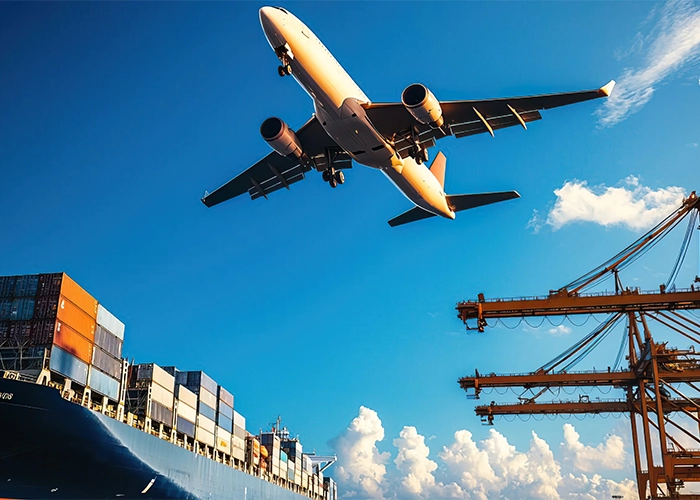
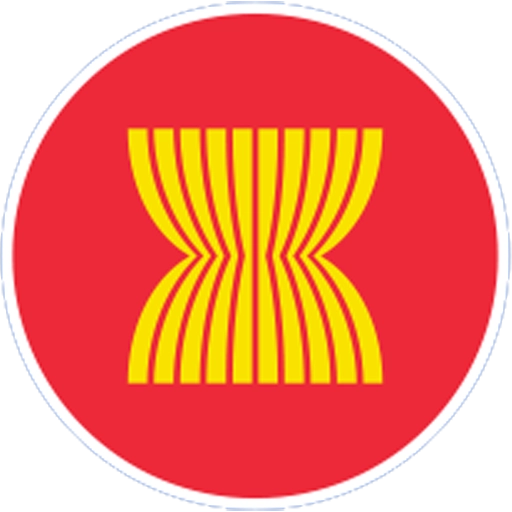
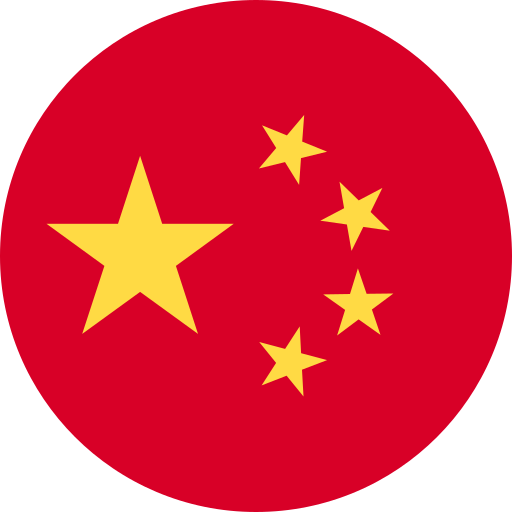
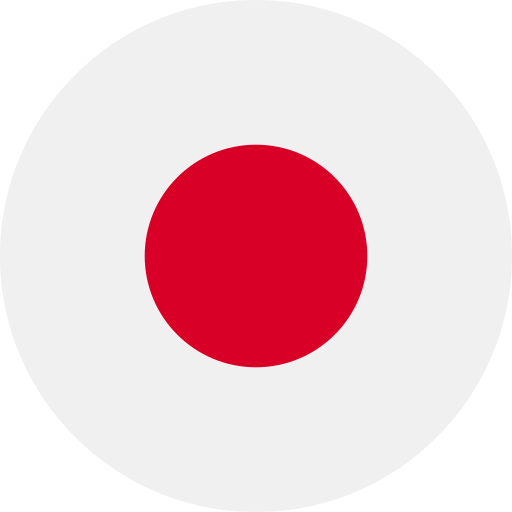

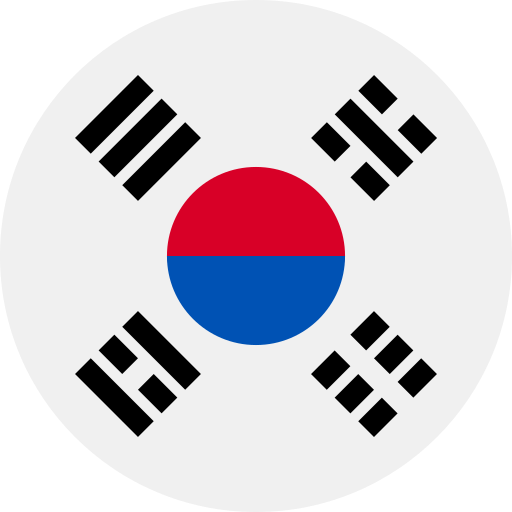
Sarawak’s industrial estates present a compelling opportunity for investors, offering some of the best infrastructure in ASEAN. With four strategically located major industrial parks, businesses in Sarawak benefit from well-maintained highways, an efficient telecommunications network, and high regional connectivity through Sarawak’s two international airports and six seaports.
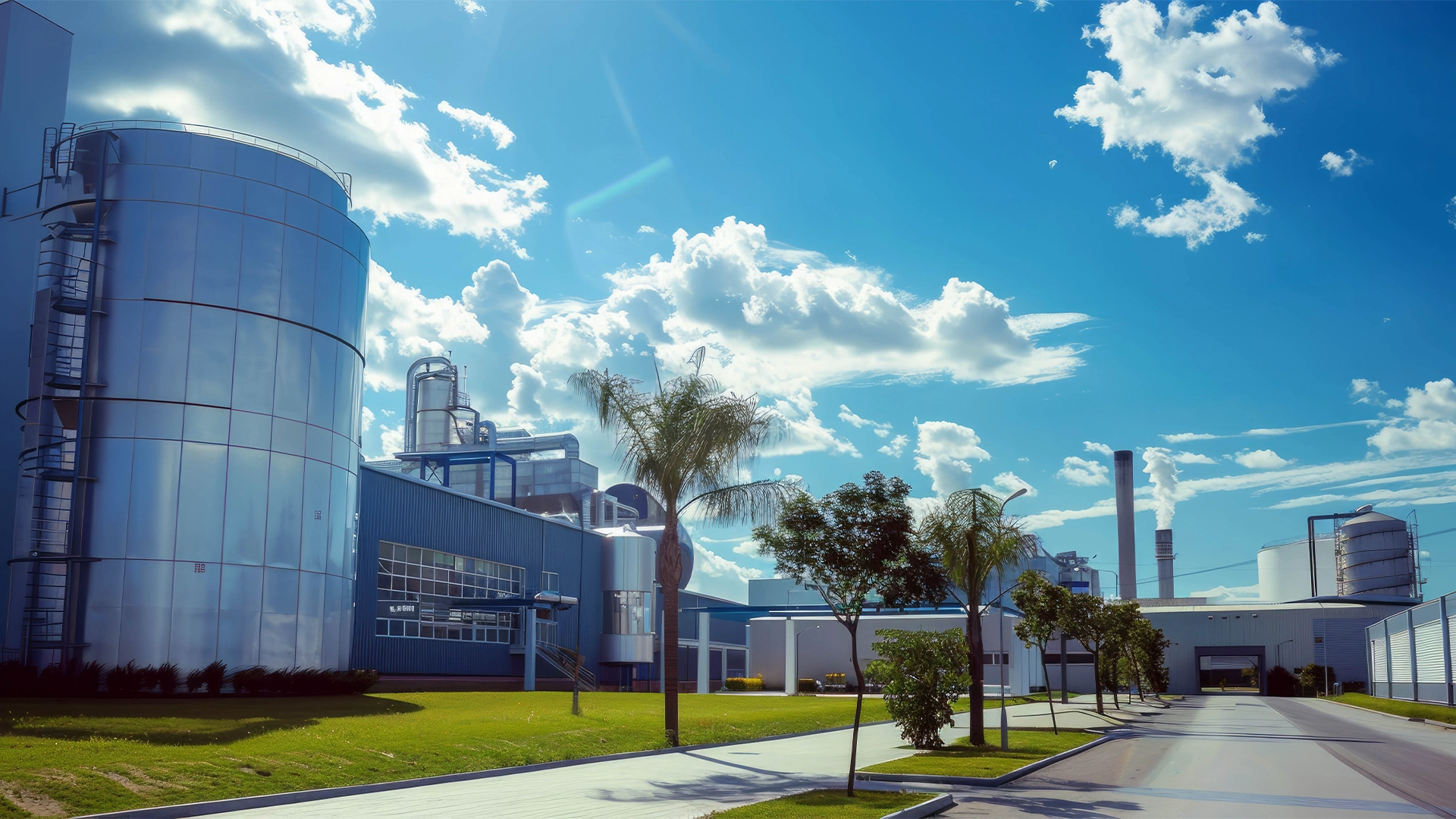
Malaysia ranks among the lowest in the Cost of Living Index compared to other ASEAN countries.
Breathe fresh air, as Sarawak has a healthy Air Quality Index (AQI) of below 50 across its major cities.
In Sarawak, sports and leisure activities are seamlessly integrated into daily life. The region’s well-equipped facilities, such as golf courses, stadiums, tracks, and gymnasiums, ensure that staying active is both convenient and enjoyable.
Sarawak is a culinary haven, offering a diverse array of food options that cater to every palate. With the late celebrity chef, Anthony Bourdain describing Sarawak Laksa as the “breakfast of the Gods,” we have much to offer, from authentic local dishes to international cuisines like Chinese, French, Japanese, Korean, and Western. The region boasts a vibrant food scene that reflects its rich cultural diversity.
Easily accessible and affordable healthcare is available across all major cities in Sarawak, provided by Malaysia’s leading healthcare groups, including KPJ Healthcare, IHH Healthcare, Columbia Asia, and Borneo Medical Centre Group.
As part of Sarawak’s nation-building efforts, the government is committed to prioritizing the development of the education sector.
There are eight international schools across major cities in Sarawak, with five more planned by 2030, offering diverse curricula including A-Levels, Cambridge, IGCSE, and the International Primary Curriculum.
Sarawak became the first state in Malaysia in 2014 to recognize the Unified Examination Certificate (UEC). The state also applies the Dual Language Programme (DLP), which uses English and Bahasa Malaysia to teach Mathematics and Science in all national schools.
Integrated township living, a popular lifestyle in Sarawak, offers the convenience of having essential amenities such as eateries, supermarkets, healthcare facilities, universities, and international schools within close proximity.
Whether it’s a quick beach getaway, exploring lush tropical rainforests, hiking scenic trails, or embarking on an unforgettable road trip along the Pan Borneo Highway from Kuching to Miri, there’s something for everyone. The region’s diverse landscapes and easy accessibility make it the perfect playground for those who love to explore and enjoy the great outdoors.